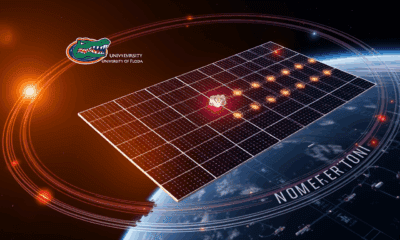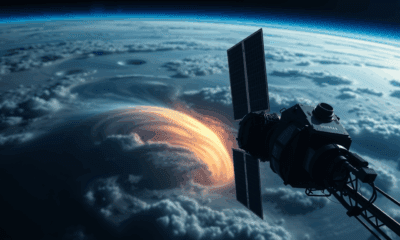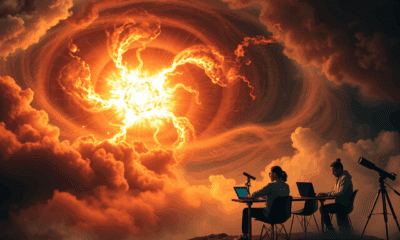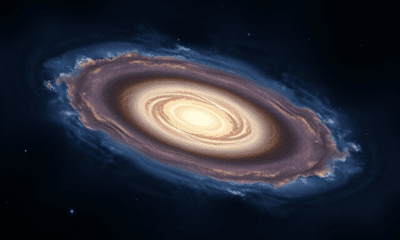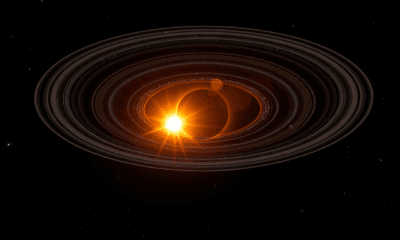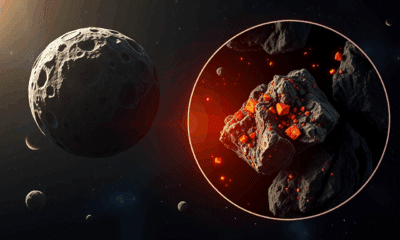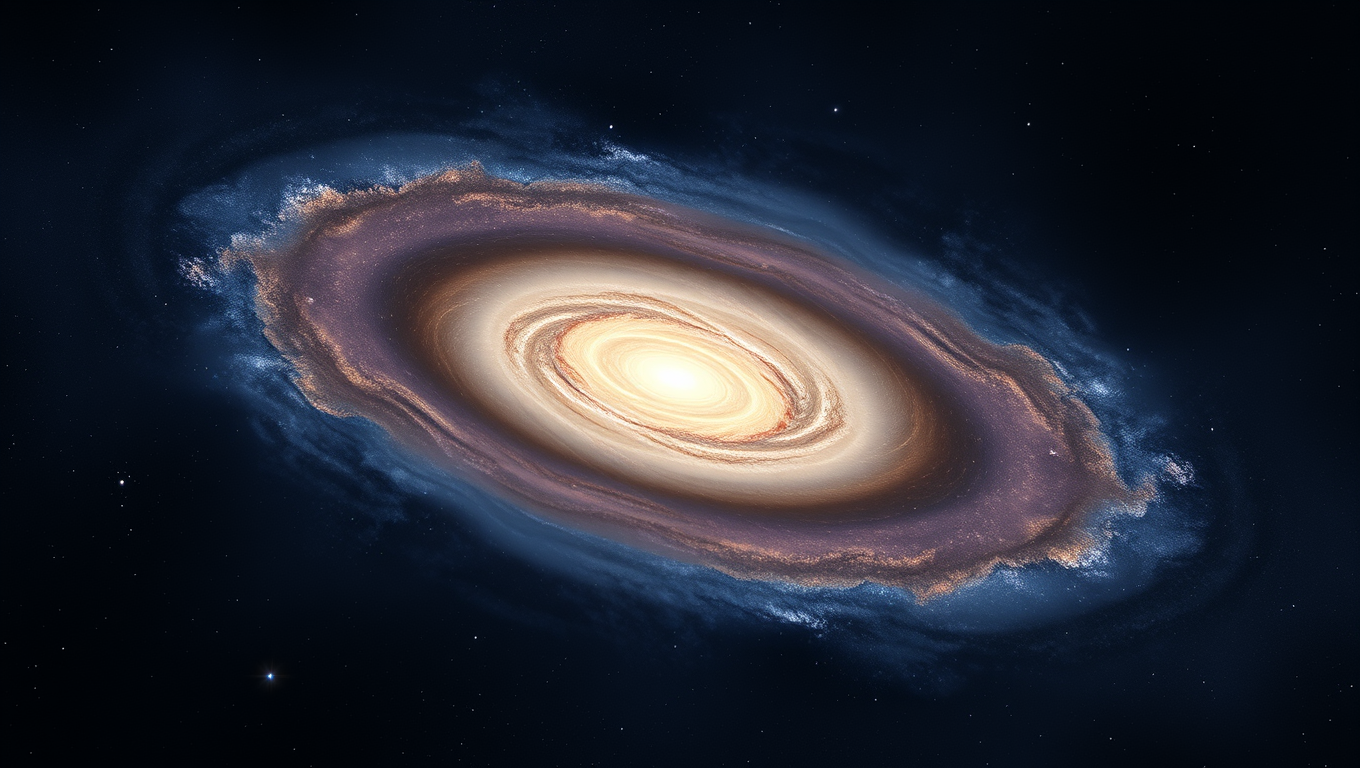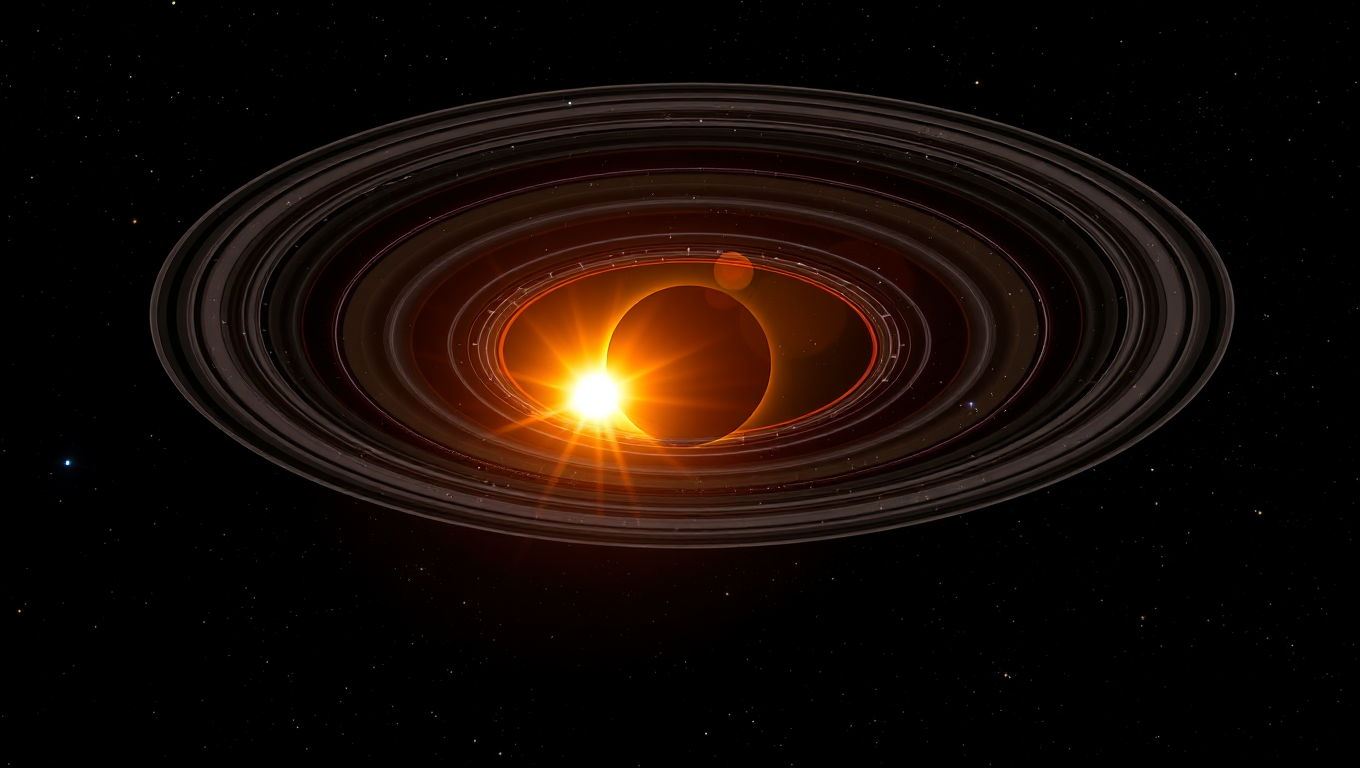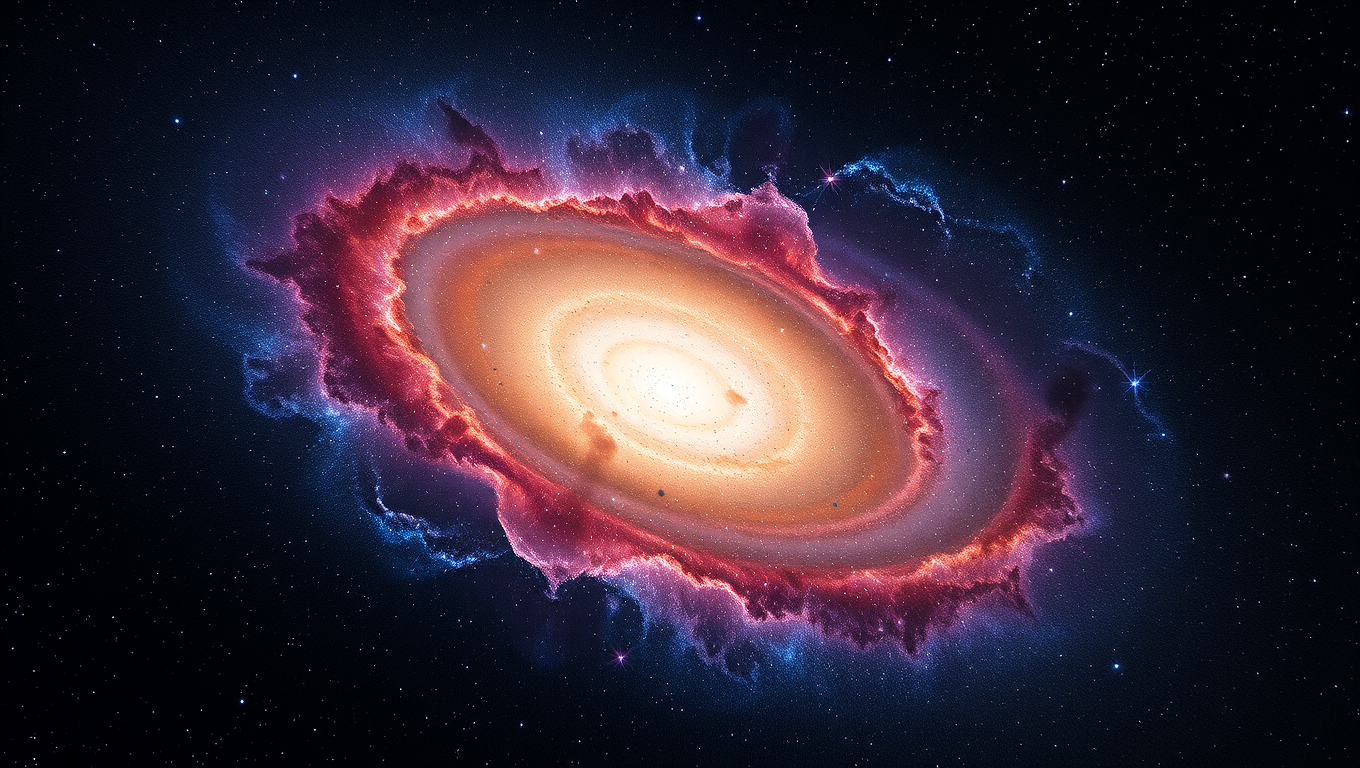While we try to keep things accurate, this content is part of an ongoing experiment and may not always be reliable.
Please double-check important details — we’re not responsible for how the information is used.
Astronomy
The Mysterious Case of Ophion: A Star Family Like No Other
The European Space Agency’s Gaia mission has spotted an unusual family of stars all strangely eager to leave home — a family we couldn’t have discovered without the star-surveying spacecraft, and one unlike all others we have spotted to date.
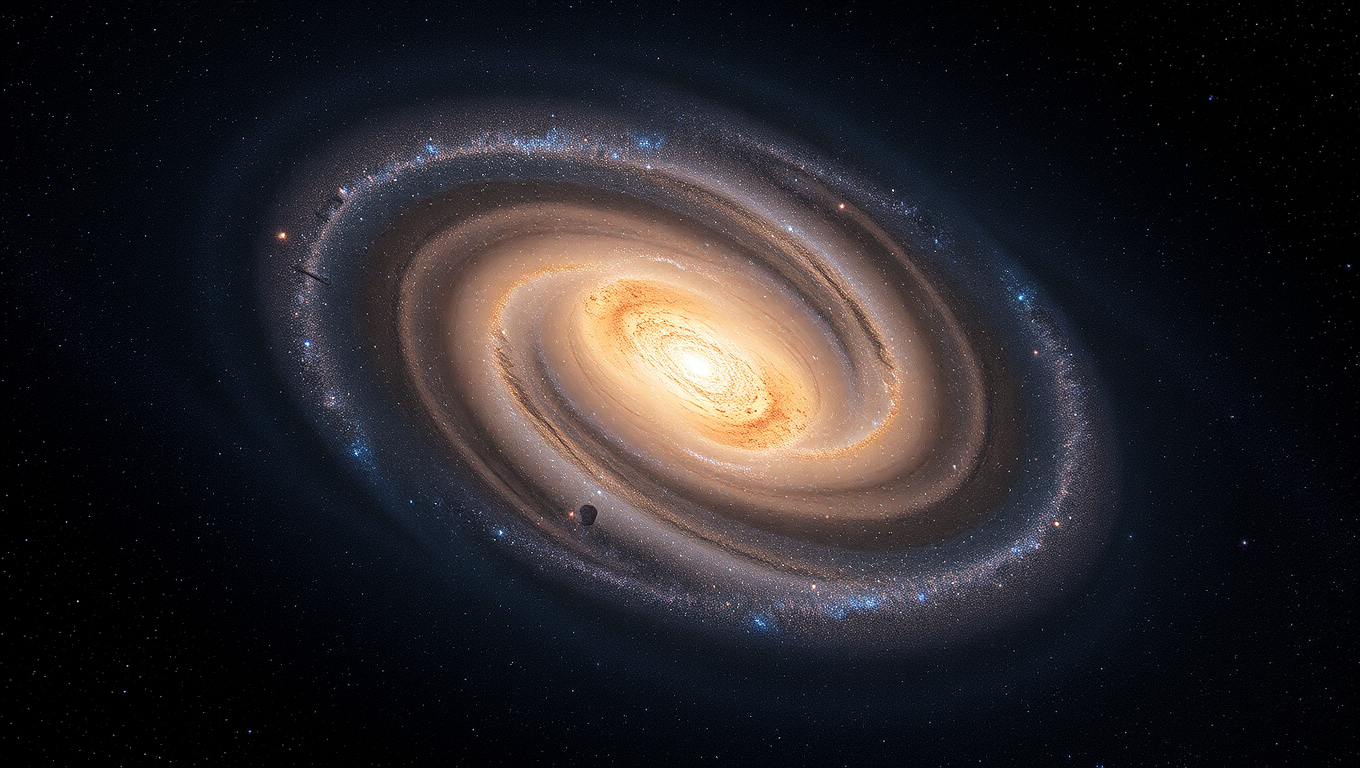
Astronomy
JWST Unlocks Secrets of Galaxy Formation
Using the James Webb Space Telescope, scientists spotted thin and thick disks in galaxies as far back as 10 billion years ago—something never seen before. These observations reveal that galaxies first formed thick, chaotic disks, and only later developed the calm, thin disks seen in modern spirals like the Milky Way.
Astronomy
Unveiling the Early Stages of Planet Formation Around Young Stars
In a stellar nursery 460 light-years away, astronomers sharpened old ALMA data and spotted crisp rings and spirals swirling around 27 infant stars—evidence that planets start taking shape just a few hundred thousand years after their suns ignite, far earlier than anyone expected.
Astronomy
A Cosmic Masterpiece Revealed: The Sculptor Galaxy Unveiled in Thousands of Colors
Astronomers have produced the most detailed map yet of the Sculptor Galaxy, revealing hundreds of previously unseen celestial features in stunning color and resolution. By combining over 50 hours of observations using the European Southern Observatory s Very Large Telescope, scientists captured a full-spectrum portrait that unravels the galaxy s stellar makeup in thousands of colors. This revolutionary technique offers an unprecedented look at the age, composition, and motion of stars and gas across the galaxy s vast 65,000-light-year span. Among the highlights are 500 newly identified planetary nebulae, glowing remnants of dying stars, which help pinpoint the galaxy s distance and open new windows into galactic evolution.
-

 Detectors3 months ago
Detectors3 months agoA New Horizon for Vision: How Gold Nanoparticles May Restore People’s Sight
-

 Earth & Climate4 months ago
Earth & Climate4 months agoRetiring Abroad Can Be Lonely Business
-

 Cancer3 months ago
Cancer3 months agoRevolutionizing Quantum Communication: Direct Connections Between Multiple Processors
-

 Agriculture and Food4 months ago
Agriculture and Food4 months ago“A Sustainable Solution: Researchers Create Hybrid Cheese with 25% Pea Protein”
-

 Diseases and Conditions4 months ago
Diseases and Conditions4 months agoReducing Falls Among Elderly Women with Polypharmacy through Exercise Intervention
-

 Chemistry3 months ago
Chemistry3 months ago“Unveiling Hidden Patterns: A New Twist on Interference Phenomena”
-

 Earth & Climate3 months ago
Earth & Climate3 months agoHousehold Electricity Three Times More Expensive Than Upcoming ‘Eco-Friendly’ Aviation E-Fuels, Study Reveals
-

 Albert Einstein4 months ago
Albert Einstein4 months agoHarnessing Water Waves: A Breakthrough in Controlling Floating Objects

